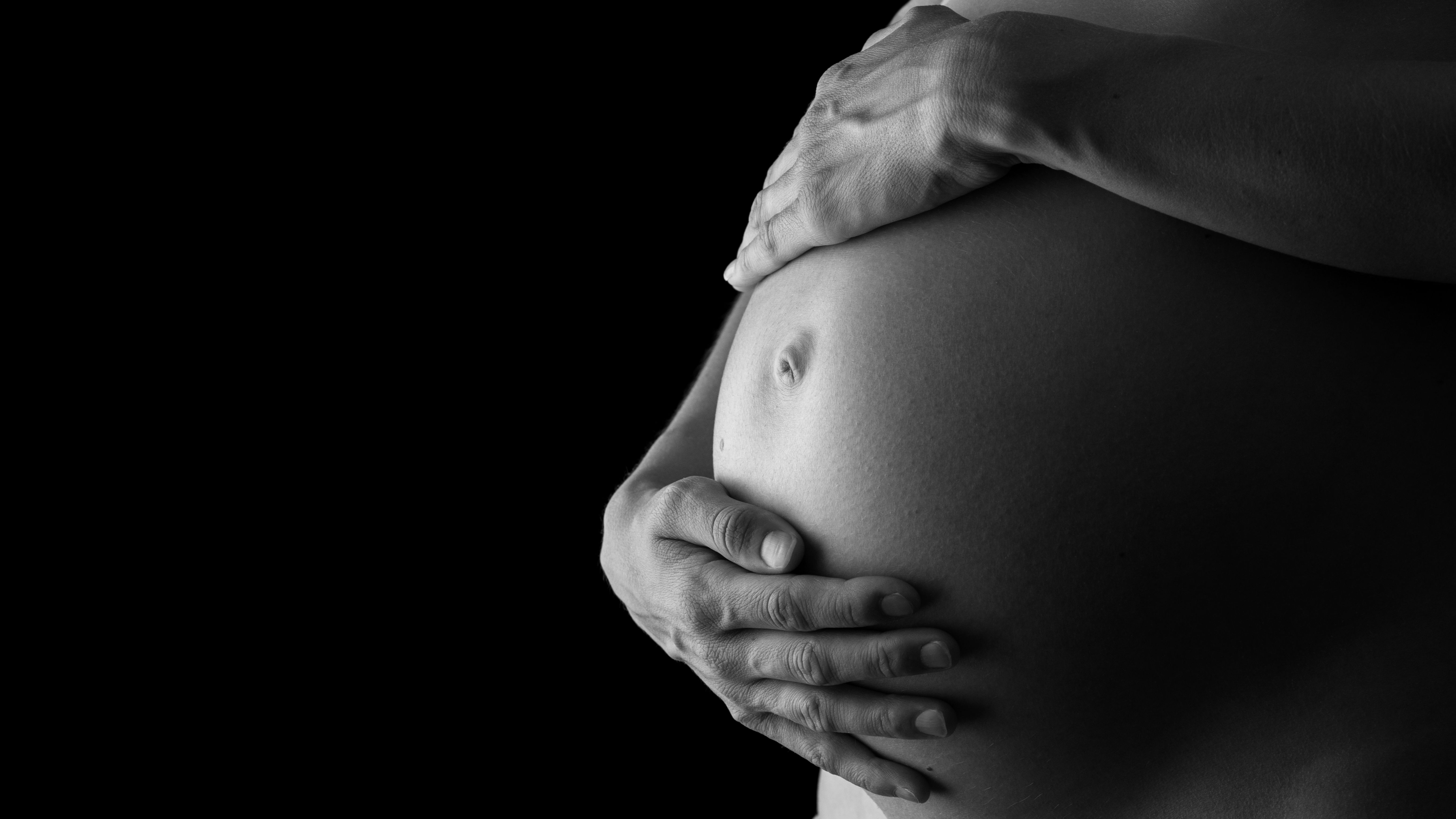Maternal mortality soars across U.S., and some racial groups are hit hardest
The maternal mortality rate more than doubled between 1999 and 2019, a new study shows. Researchers have also identified disparities at the state level.
America’s maternal mortality rate has more than doubled in the past generation, and researchers have shed new light on the disparities in racial groups.
The maternal mortality rate nationwide more than doubled from 1999 to 2019, and some minority groups had higher increases, a new study shows. (Image credit: ©Gajus - stock.adobe.com)

The new study, published Monday morning in the Journal of the American Medical Association, illustrates the nation’s continued failure to make progress on its disturbing maternal mortality rate.
Black Americans and Alaska Native/American Indians showed especially alarming increases compared to other groups. The study also offered a new perspective on maternal mortality rates at the state level and uncovered wide variances.
While some racial groups were hit harder, the maternal mortality rate among all groups more than doubled from 1999 to 2019, researchers found. Researchers at the University of Washington and Mass General Brigham led the study.
Allison Bryant, senior medical director for health equity at Mass General Brigham and one of the study’s lead authors, said the findings are disturbing.
"Maternal mortality is a crisis in the United States. These rates have been increasing over the past several decades and were exacerbated by the pandemic," Bryant said in a statement from Mass General Brigham. "Our study sheds light on the wide disparities within maternal mortality rates — the specter of maternal death differentially burdens some ethnic and racial populations."
‘Unacceptably high’
Federal officials and maternal health advocates have called for greater attention on maternal mortality, especially since most deaths are avoidable. More than 80% of all maternal deaths are preventable, according to a report released last year by the Centers for Disease Control and Prevention. Nationwide, maternal deaths rose 40% in 2021, the CDC reported.
In this new study, researchers took a comprehensive look at how different racial groups fared over time, and how states compared in maternal mortality. The researchers said they hoped getting better data at the state level could establish benchmarks for evaluating progress in reducing maternal deaths.
Alaska Native and American Indian patients saw the largest increase in maternal mortality of all groups over the course of the study.
However, Black patients had the highest median state maternal mortality rate of all groups in every year of the two-decade study. At the national level, the mortality rate of Black patients is two to four times higher than white patients, the authors note.
“While maternal mortality remains unacceptably high among all racial and ethnic groups in the US, American Indian and Alaska Native and Black individuals are at increased risk,” the authors wrote.
Given the rise in mortality among all patients over the study period, the authors grimly noted that prevention efforts “appear to have had a limited impact in addressing this health crisis.”
Disparities in the states
The researchers also say they found important information on disparities at the state level among different groups.
American Indian and Alaska Native
The five states with the largest percentage increases were Florida, Kansas, Illinois, Rhode Island and Wisconsin. In each state, the increase surpassed 162%.
Black patients
The five states with the largest increases were Louisiana, New Jersey, Georgia, Arkansas, and Texas. Each state had an increase surpassing 93%.
Hispanic
The five states with the largest percentage increases: Indiana, Minnesota, Georgia, Tennessee, and Illinois. The increases in each state topped 105%.
Asian, Native Hawaiian or other Pacific Islander
The five states with the biggest increases, by percentage, were Kansas, Illinois, Missouri, Michigan, and Georgia. Each state had an increase of more than 83%.
White patients
The five states with the largest increases: Indiana, Georgia, Tennessee, Louisiana, and Missouri. The rise in each state surpassed 135%.
The south generally had high mortality rates among all groups, particularly among Black patients, the study found. American Indian and Alaska Native had far higher mortality rates in the west than other groups.
While states in the south fared poorly in maternal mortality, Bryant noted that it’s important to examine the substantial disparities among racial groups across the nation.
“It's essential to look at the disparities between populations that exist even in the 'best' states,” Bryant said in a statement.
Greg Roth is an associate professor of cardiology and director of the program in cardiovascular health metrics at the University of Washington’s Institute for Health Metrics and Evaluation. He said the state-level data offers insights for interventions. Maternal deaths share many of the drivers of heart attacks and strokes, he said.
"Our state-by-state research emphasizes where we need to focus our prevention efforts and which groups are suffering the most,” Roth said in a statement.
The Biden administration has said improving maternal health is a top priority.
The U.S. Department of Health and Human Services has said it plans to begin designating “birthing-friendly” hospitals in the near future. Federal officials say the designation is intended to give consumers more information in making choices and should spur improvements in maternal care.
The department has said it plans to release its first list of birthing-friendly hospitals in the fall of 2023.
Telehealth faces a looming deadline in Washington | Healthy Bottom Line podcast
February 12th 2025Once again, the clock is ticking on waivers for telemedicine and hospital-at-home programs. Kyle Zebley of the American Telemedicine Association talks about the push on Congress and the White House.